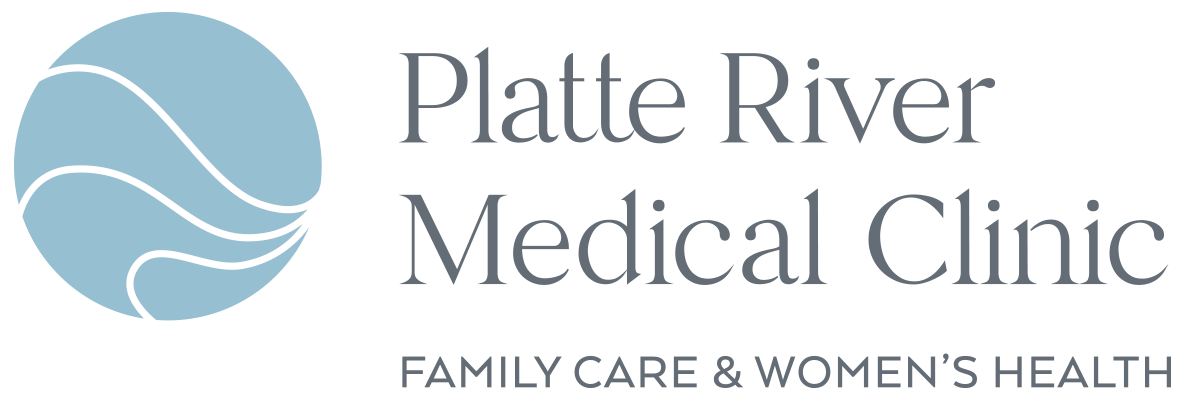Fall sports are in full swing! This is the time of year we, at Platte River Medical Clinic, usually start seeing A LOT of athletes coming in with sports injuries. While sports injuries are often preventable, sometimes accidents do happen. We know seeing your child injured is difficult. In an effort put your mind at ease, and to help you and your athlete better understand sports injuries, risks, prevention and treatment, we’ve provided some helpful information on the subject!
Types of Sports Injuries
Acute– Acute injuries are caused by sudden trauma. Perhaps the most common type of sudden trauma is collision either with other players, or with objects resulting in sudden impact and potentially forced twisting. A few examples of acute injuries that are a result of sudden trauma, are bruising, sprains, strains and fractures.
Overuse– Overuse injuries occur gradually, they often occur when an activity or specific move is repeated frequently. When this happens the body does not have enough time to heal. Overuse injuries can affect ligaments, tendons, bones, growth plates and muscles. Stress fractures are a very common type of overuse injury.
Catastrophic– Catastrophic injuries are incredibly severe, including serious fractures, head and spinal damage, heat stroke due to exercise, as well as sudden cardiac events.
Concussion– concussions are mild traumatic brain injuries. They are caused by a blow to the head or body that results in the brain moving back and forth rapidly inside the skull. This sudden movement can cause the brain to bounce around or twist in the skull, creating chemical changes in the brain and sometimes stretching and damaging brain cells.
Growth Plate -Because growth plates are the last portion of bones to harden, they are vulnerable to fracture. Injuries to the growth plates can result in disturbances in bone growth and even bone deformity.
Injury Rates & Statistics
- More than 3.5 Million children ages 14 and younger get hurt annually playing sports or participating in recreational activities
- Sports and recreational activities contribute to approximately 21 percent of all traumatic brain injuries among American children
- More than 775,000 children, ages 14 and younger are treated in hospital emergency rooms for sports-related injuries each year. Most of the injuries occurred as a result of falls, being struck by an object, collisions and overexertion during unorganized or informal sports activities.
- According to the National Library of Medicines, approximately 8,000 children are treated in emergency rooms each day for sports-related injuries.
- Collectively high school athletes suffer 2 million injuries, 500,000 doctor visits and 30,000 hospitalizations each year.
When & When Do Sports Injuries Happen?
- Playground, sports and bicycle related injuries occur most often among children between 5 and 14 years old.
- More severe injuries typically occur during individual sports and recreational activities.
- Most organized sports-related injuries (62%) occur during practice
Prevention
To prevent injury, make sure your athlete undergoes proper training and conditioning, especially before the season starts. In addition, it is important that your athlete wears appropriate, properly fitted equipment for their sport. Other measures that can be taken to prevent injury are, to have your athlete avoid practicing and playing in high heat, ensure they are staying hydrated and that they are taking regular breaks. Encourage good sportsmanship and following the rules, and emphasize how important it is for them to not play through the pain. Instead have them inform an adult, official, or medical provider that they are injured so they can be treated promptly.
Return To Play
In order for an athlete to return to play without a high risk of re-injury, their injuries should be completely healed. There should be no pain or swelling, they should have full range of motion and normal strength. Depending on the severity of the initial injury, they should have a doctor’s approval to return to play.
Who To See
If your athlete happens to get injured during practice or a game, remember our medical team at Platte River Medical Clinic is always here to treat them and help get them back on the field! Click here to check schedule an appointment online.

